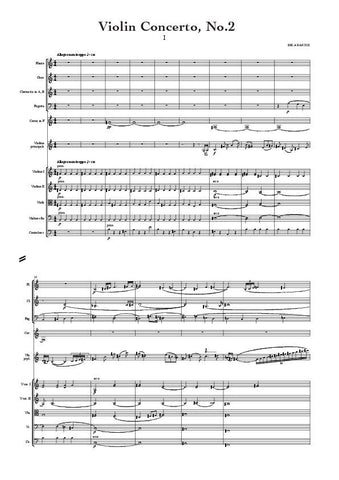Hummel, Johann Nepomuk: Variations and Finale in B-flat, Op.115 (AE424) – sheet music
Previous Product Next Product
Description |
Hummel, Johann Nepomuk (1778-1837)
|
||||||||||||||||||||||
Audio sample |
|||||||||||||||||||||||
Details |
Unlike Beethoven, whose deafness drove him from the concert platform relatively early in his career, Johann Nepomuk Hummel remained one of Europe’s most celebrated virtuosi until the early1830s. His longevity as a performer owed as much to his vigour and resourcefulness as a composer as it did to his formidable technique as a pianist. Hummel’s receptiveness to new musical trends and his ability to develop and exploit them was fundamental to his success as an artist. L’Enchantement d’Oberon (1829) - renamed Oberons Zauberhorn upon publication - illustrates the vitality of Hummel’s musical imagination at the height of his career. Weber’s opera Oberon was given in Weimar on at least two occasions in the second half of 1829 and it is these performances that doubtless inspired Hummel to compose a work based loosely on the opera. Perhaps the most remarkable feature of Hummel’s Oberon is how little material is taken directly from the opera. The only literal quotation indeed is the horn theme which forms the basis of the finales of both works. Even in terms of a depiction of the opera’s dramatic action Hummel’s Oberon differs considerably from its model. The Tempo di marcia which is analogous to the march in the opera’s Finale (No.23) precedes the storm scene (No.13) which in turn leads into a ‘new’ Finale based around the horn theme (No.22). It is evident from this approach and Hummel’s extensive use of newly-composed material that his primary concern was to achieve a satisfactory musical structure for his own composition rather than present a paraphrase of Weber’s work. The newly-composed material is attractive, highly effective and characteristic of Hummel’s mature style. Most impressive is his ability to achieve a sense of continual musical action through the use of ingenious links between disparate thematic elements. |
||||||||||||||||||||||
Score Preview (best viewed in full screen mode) |
|||||||||||||||||||||||














